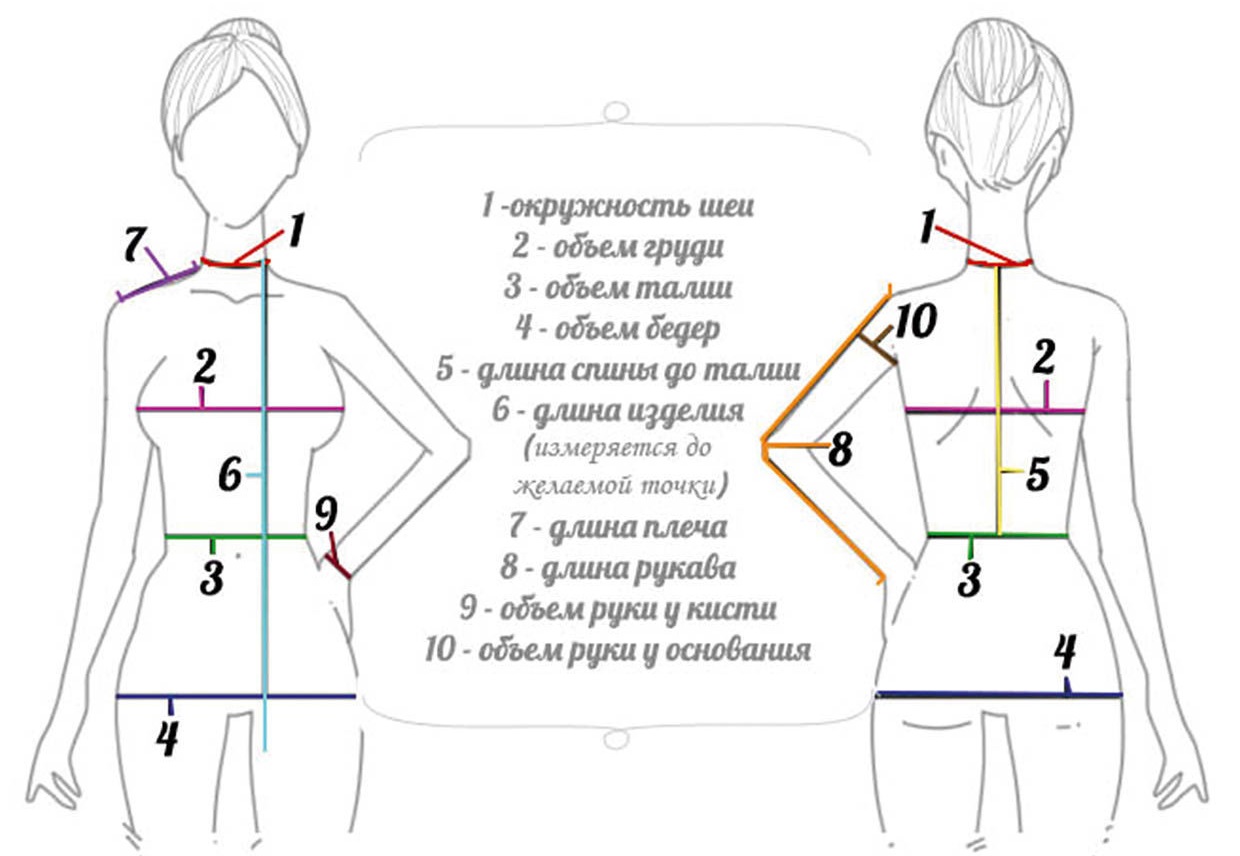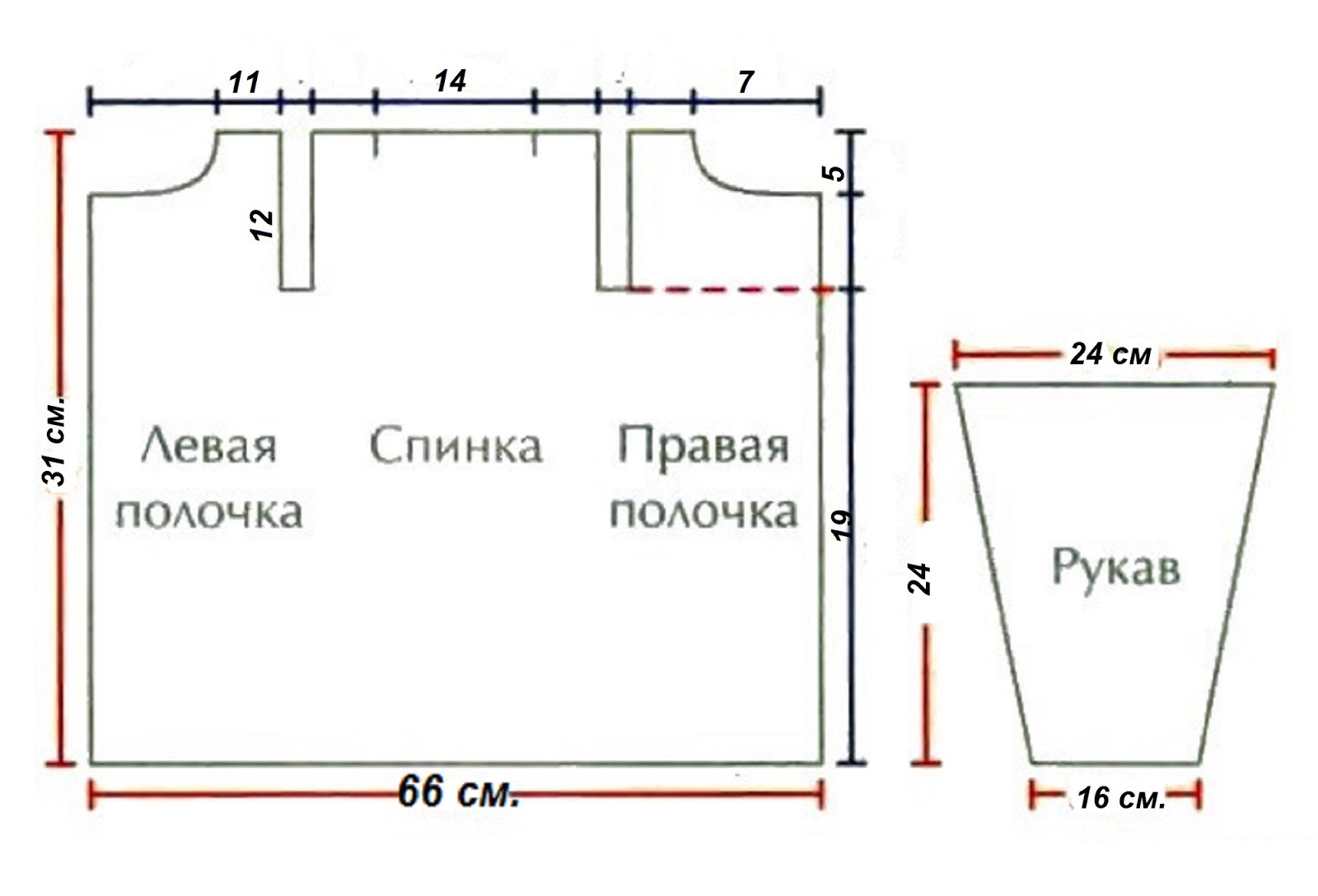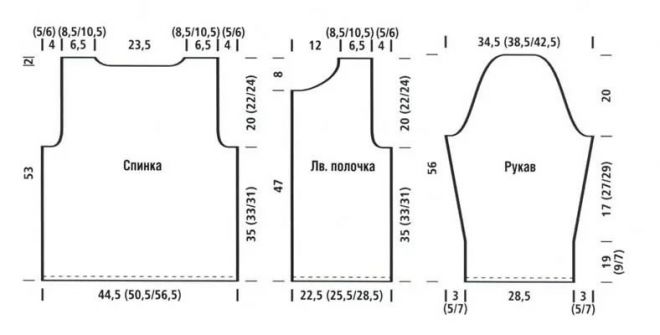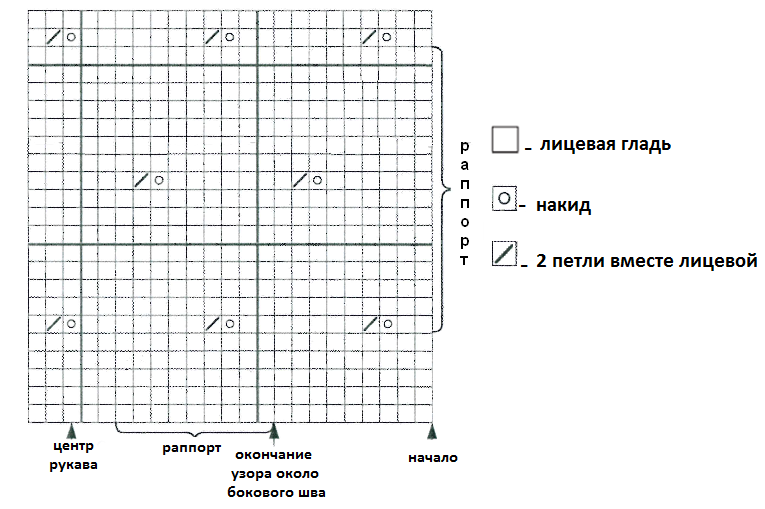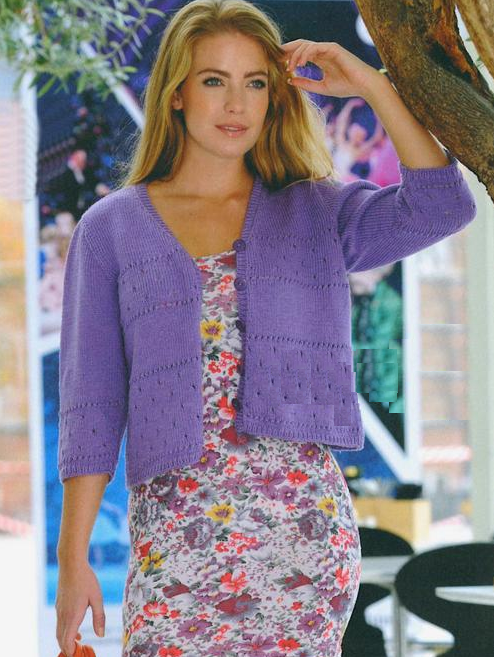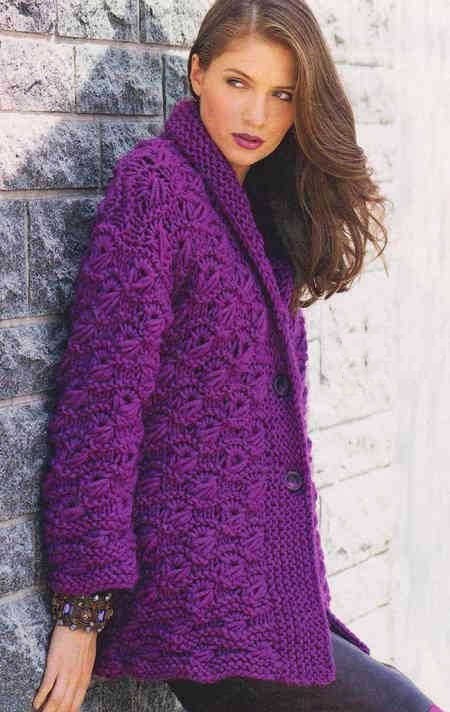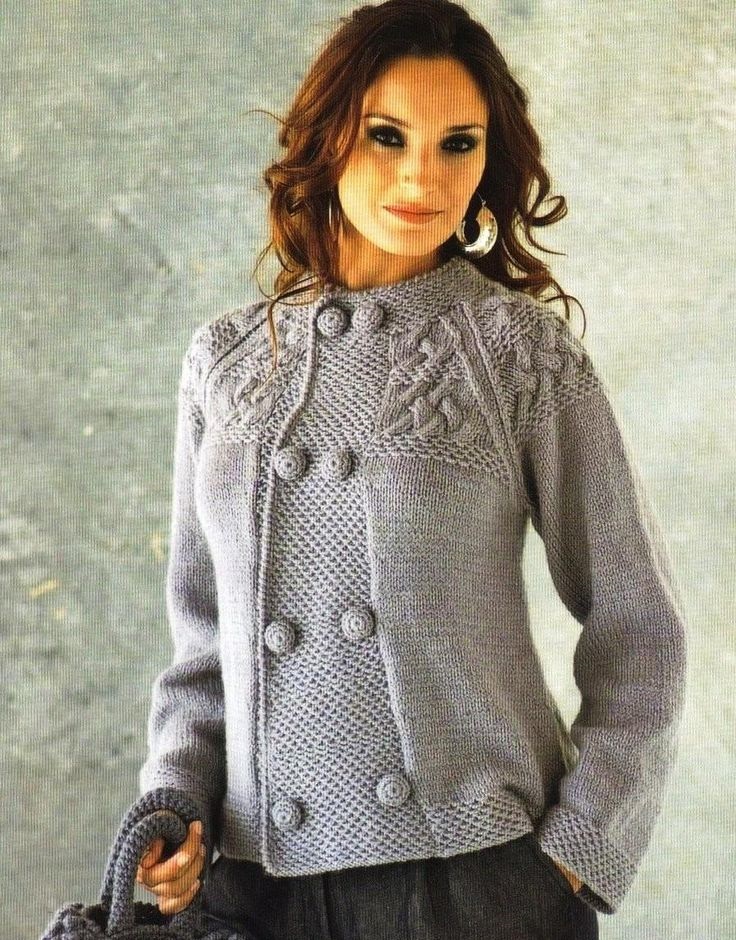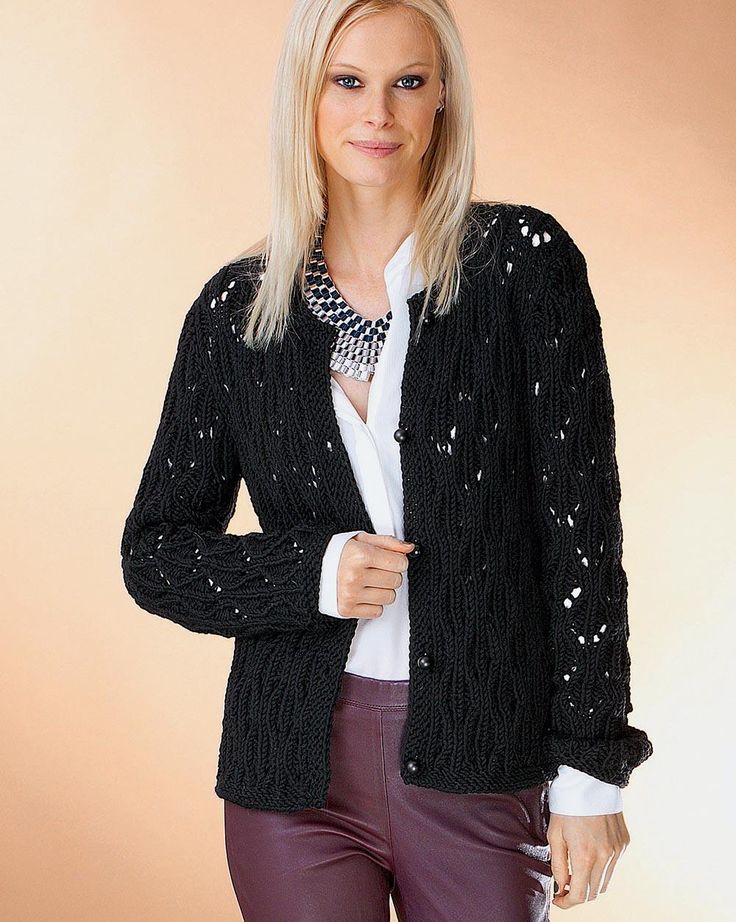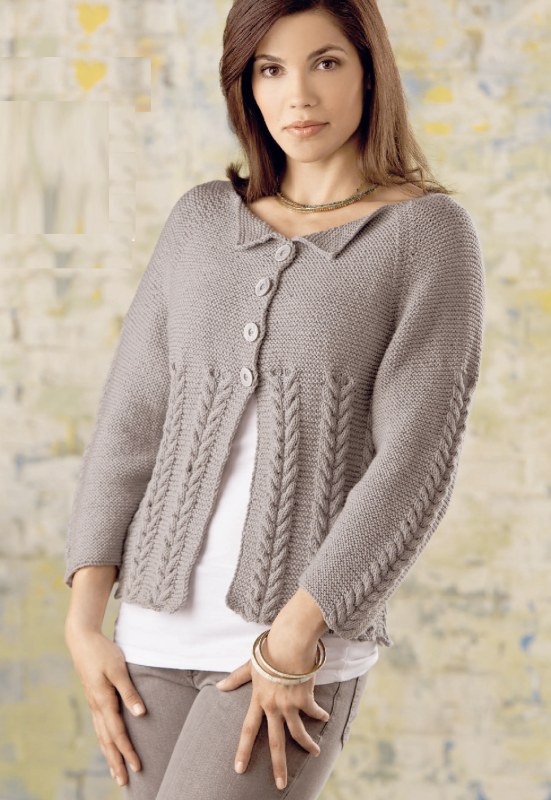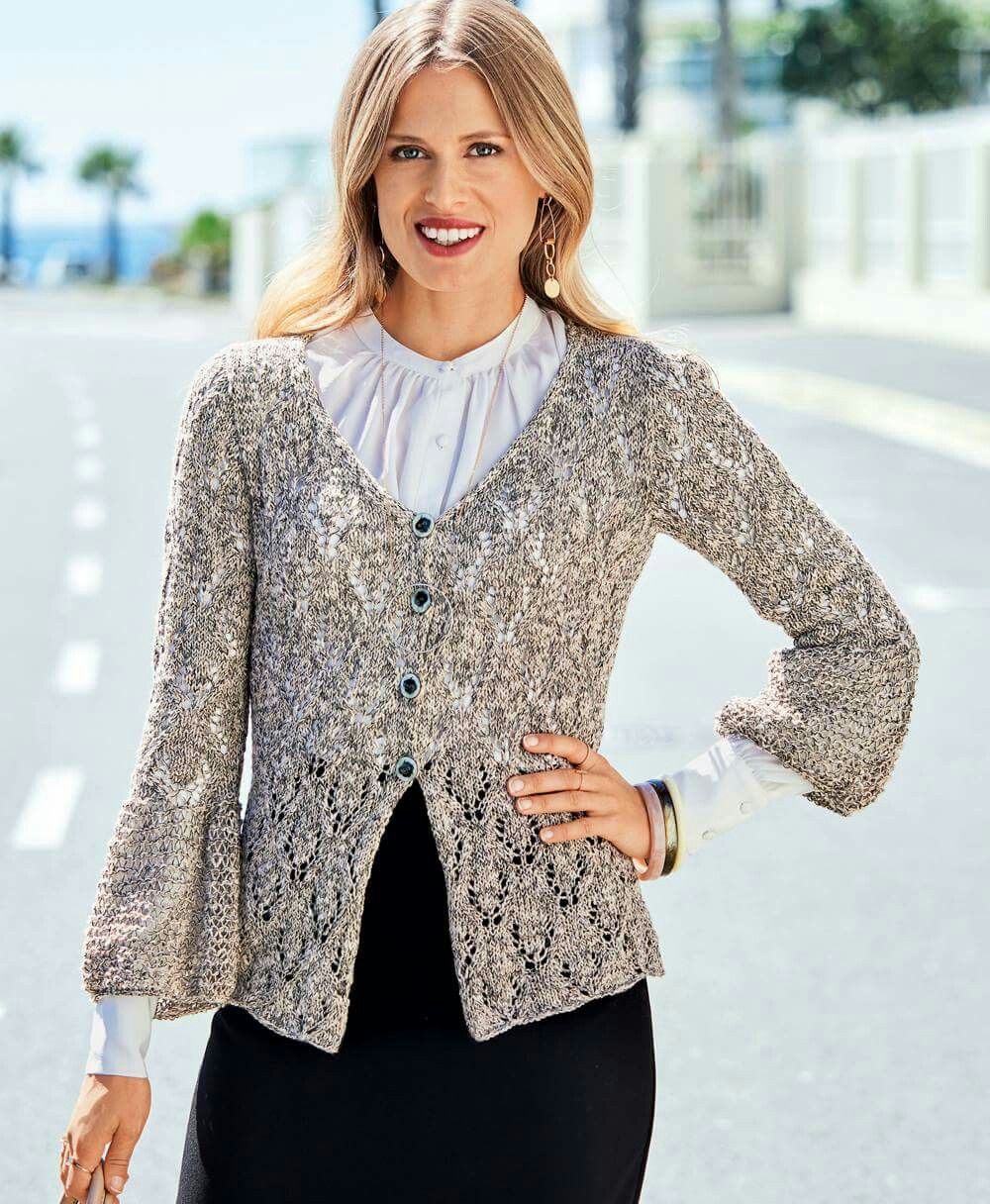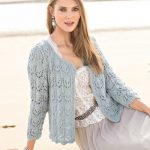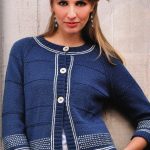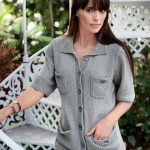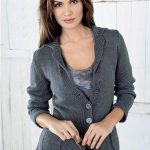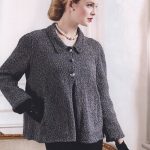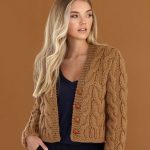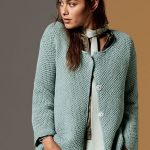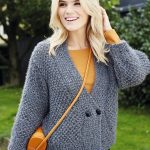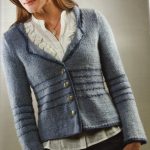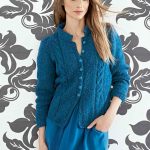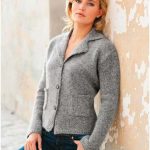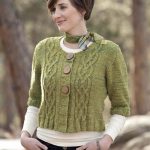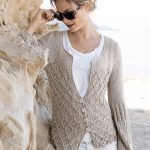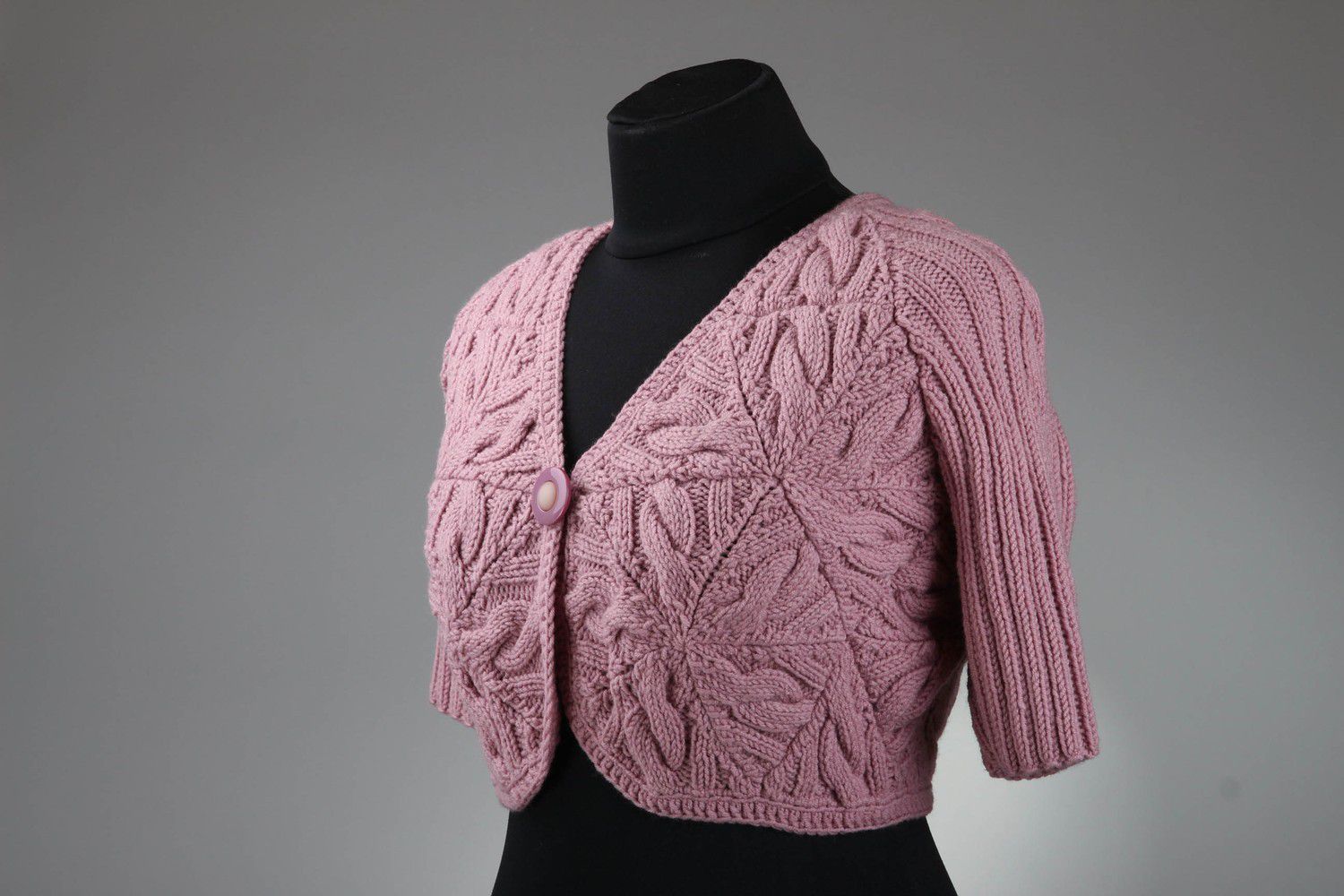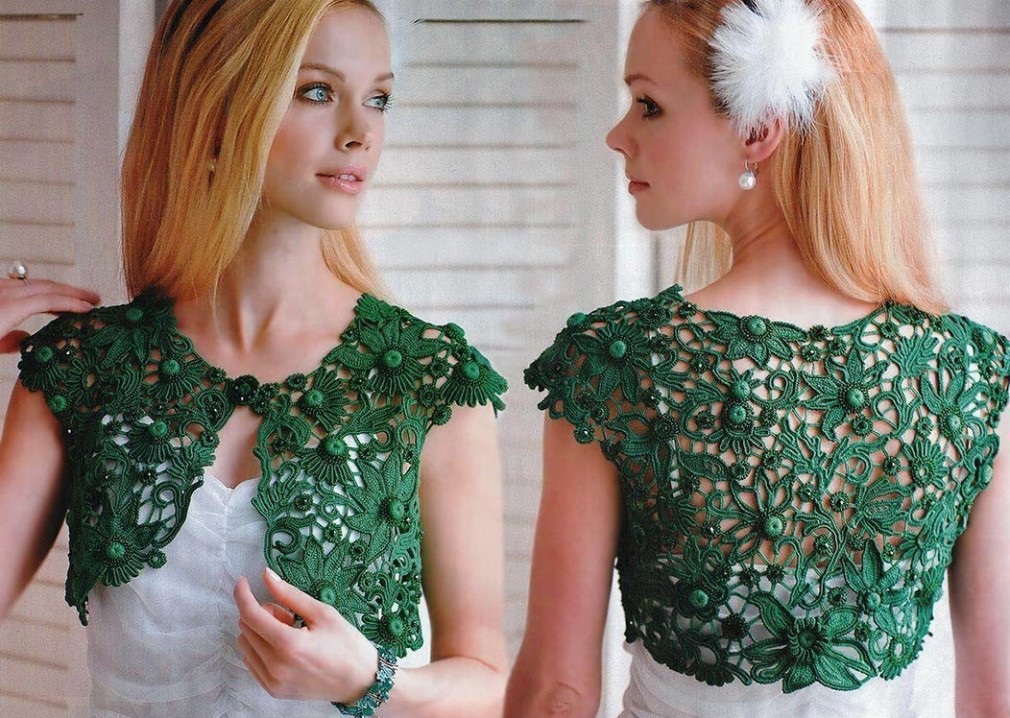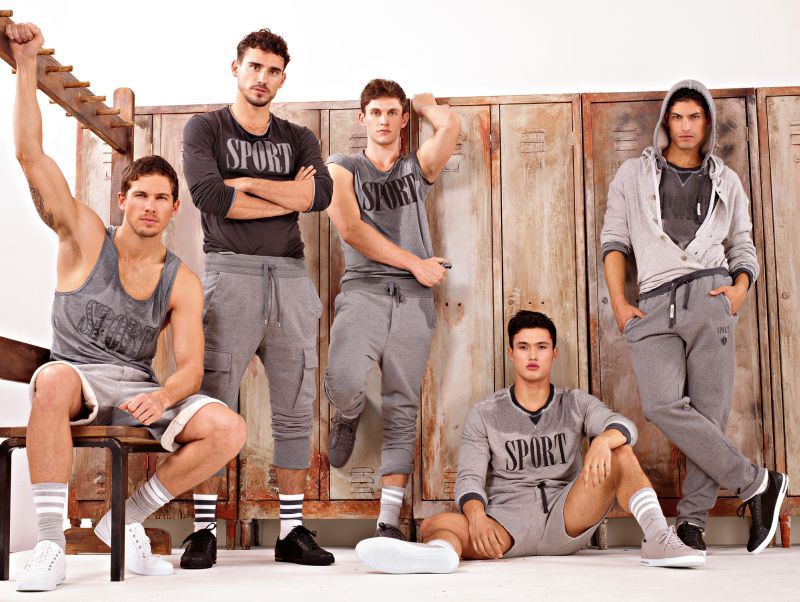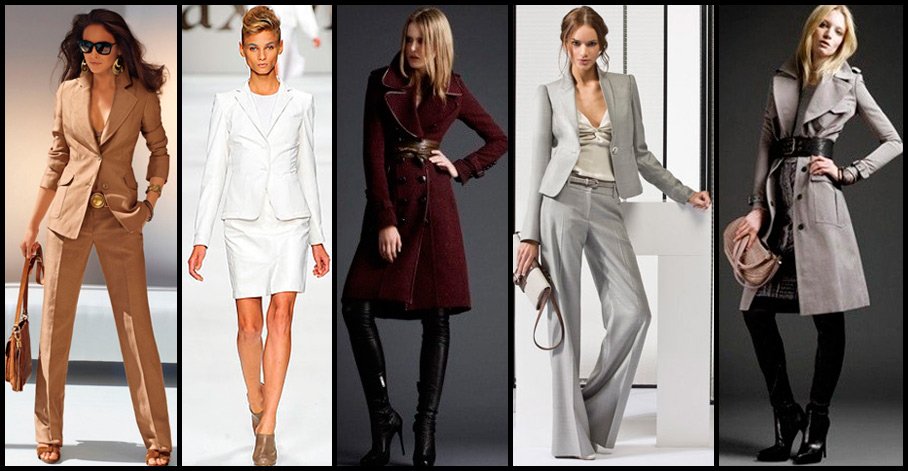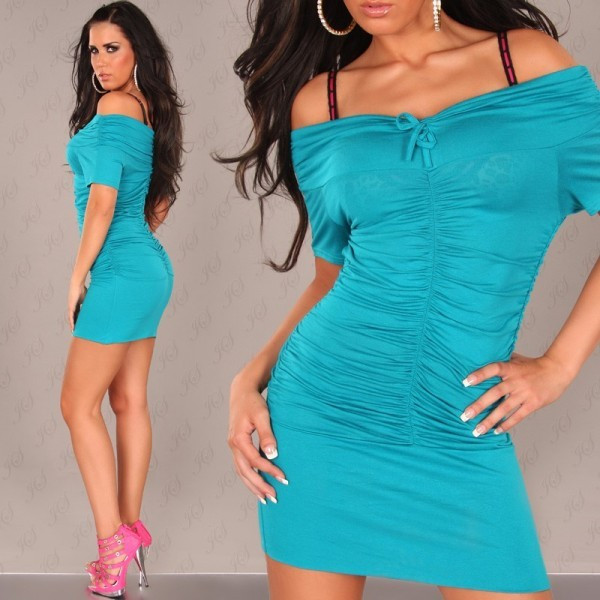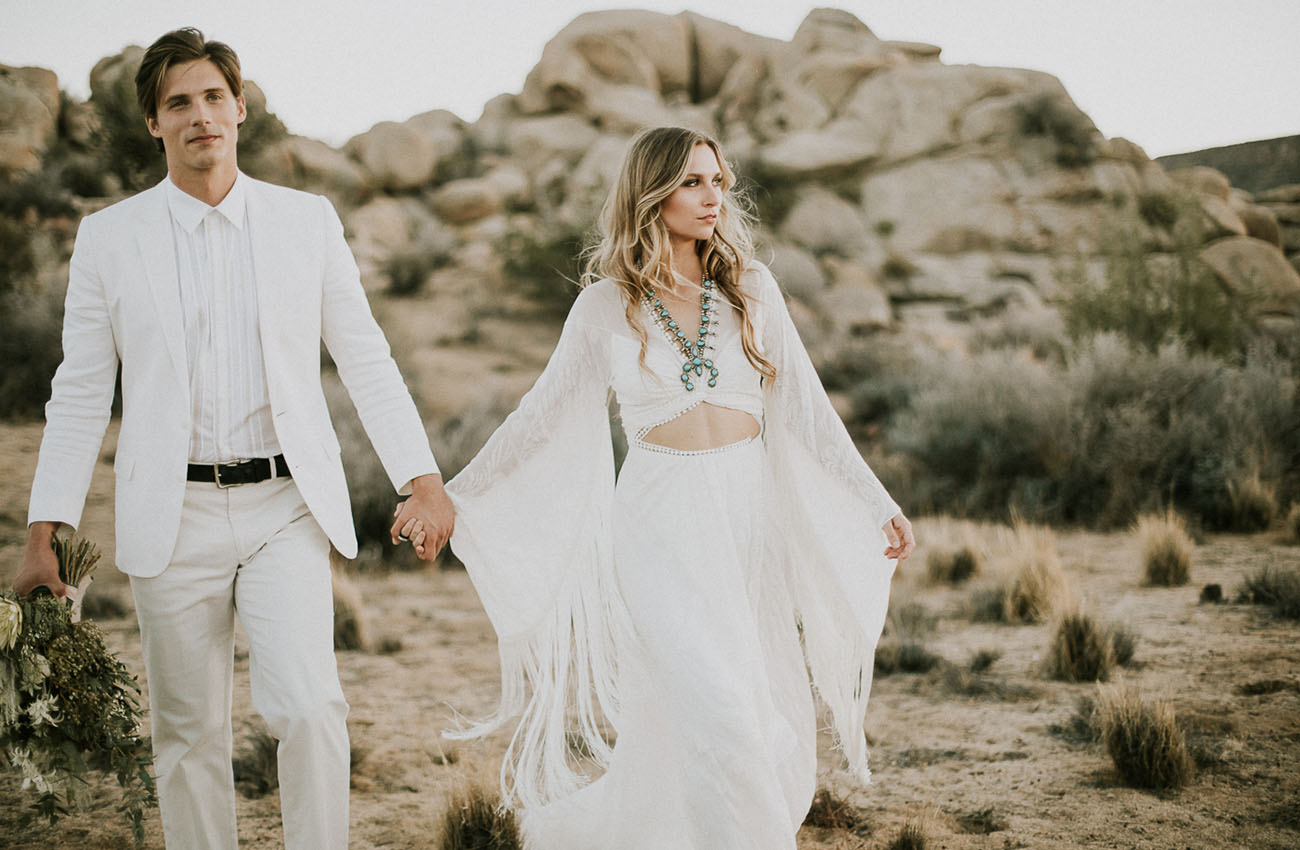A jacket made with your own hands is an irreplaceable thing in the wardrobe, as the images with it look stylish and neat. The main thing is to take measurements correctly, transfer them to paper, and also understand what exactly you want to get in the end. A knitted jacket can be made with knitting needles by both a beginner and an experienced craftswoman. Craftswomen often make miniature versions of future products first to decide on the choice.
Selecting yarn and tools
In order to knit a summer jacket for women, you need acrylic yarn or polyester. Such a thread is breathable, pleasant to the body, and also very convenient to work with. Often knitters use Alize Lanagold 800 or Nako Paris for products, which contain polyamide. For warmer models, it is better to take a thread with a small inclusion of wool. Such yarn can be Alize Lanagold (49% wool) or Yarn Art Jeans with 55% cotton content, which also retains heat well.
To determine the thickness of the yarn, you need to know what kind of women's jacket you are knitting: a summer one or a warmer one. For cool weather, it is better to choose a thing made of thick thread, so there are smaller gaps between the knots, and more heat is retained. It is better to wear a product made of thin yarn in the summer.
The diameter of the knitting needles is often written on the labels. For pure acrylic, this is about 2-3 mm, for wool yarn it starts from 4 mm and further, depending on the thickness. It is better to knit the elastic on the cuffs or the bottom with knitting needles of a smaller size than the rest of the product. For patterns, the same diameter is suitable as for the entire jumper. It is better to knit an openwork jacket on circular or straight long knitting needles.

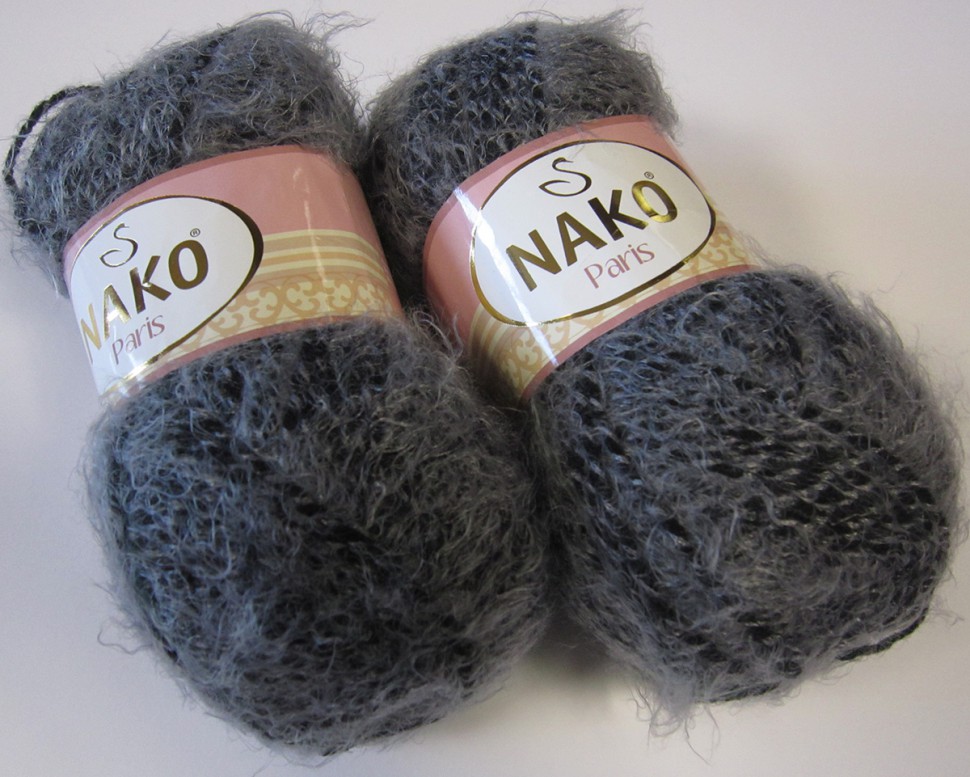
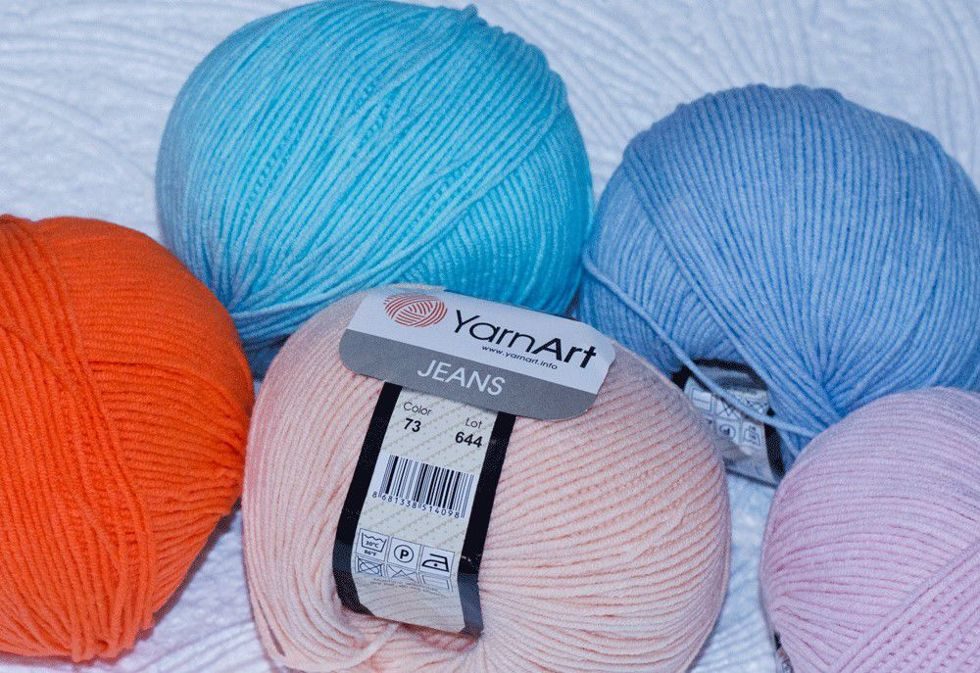
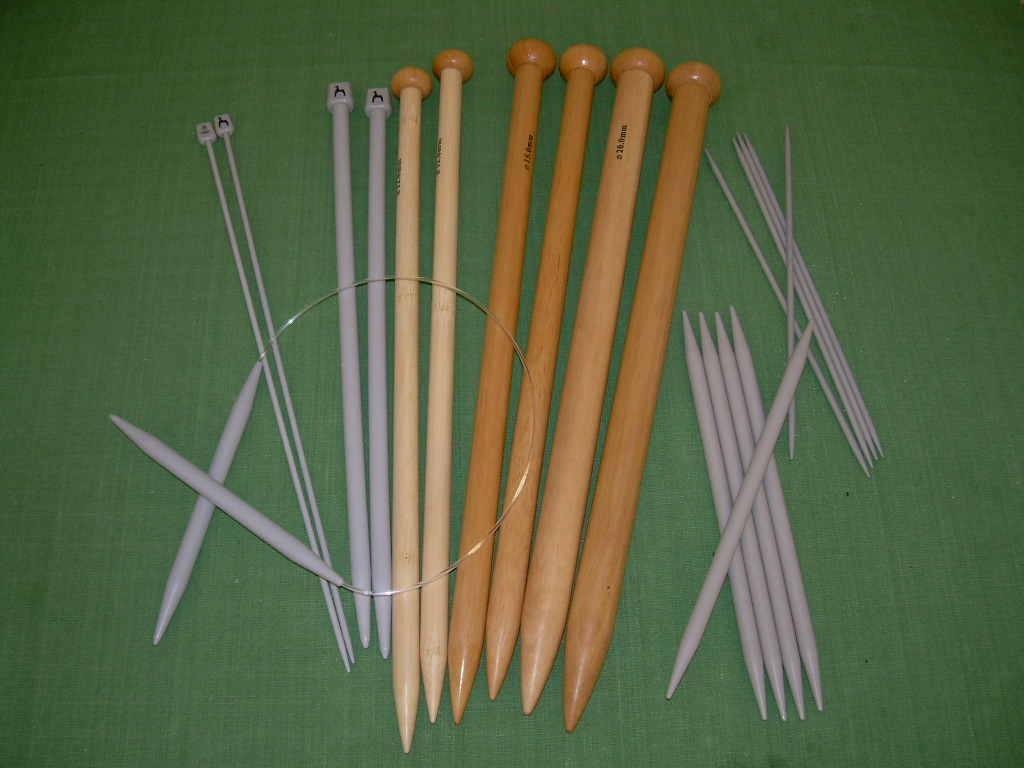
Techniques and patterns
When knitting jackets, several techniques are used:
- Braids are knitted in warmer versions of products.
- Garter stitch is done in two ways, with knit or purl stitches, at the choice of the needlewoman.
- Openwork technique – suitable for summer products, since in such a model there are often distances between the loops.
- Harnesses – made for autumn weather. This is one of the most difficult techniques, so it is better for confident craftswomen to take it on.
- Pearl knitting is the most popular for knitting jackets. It is not much more difficult than garter stitch, but simpler than openwork.
- Elastic band - suitable for beginner needlewomen. This knitting looks good in the product, and is also not picky in execution.
Each knitting has its own characteristics. For example, braids are a voluminous beautiful pattern, this should be taken into account when constructing a pattern and knitting a sample. With an elastic band, everything is the opposite: it is better to cast on a few extra loops for it, because it tightens the product a little. Needlewomen usually start knitting their first things with garter stitch, it is considered the easiest to perform.
For the openwork technique, it is not advisable to use thick yarn, such things will not look very attractive.
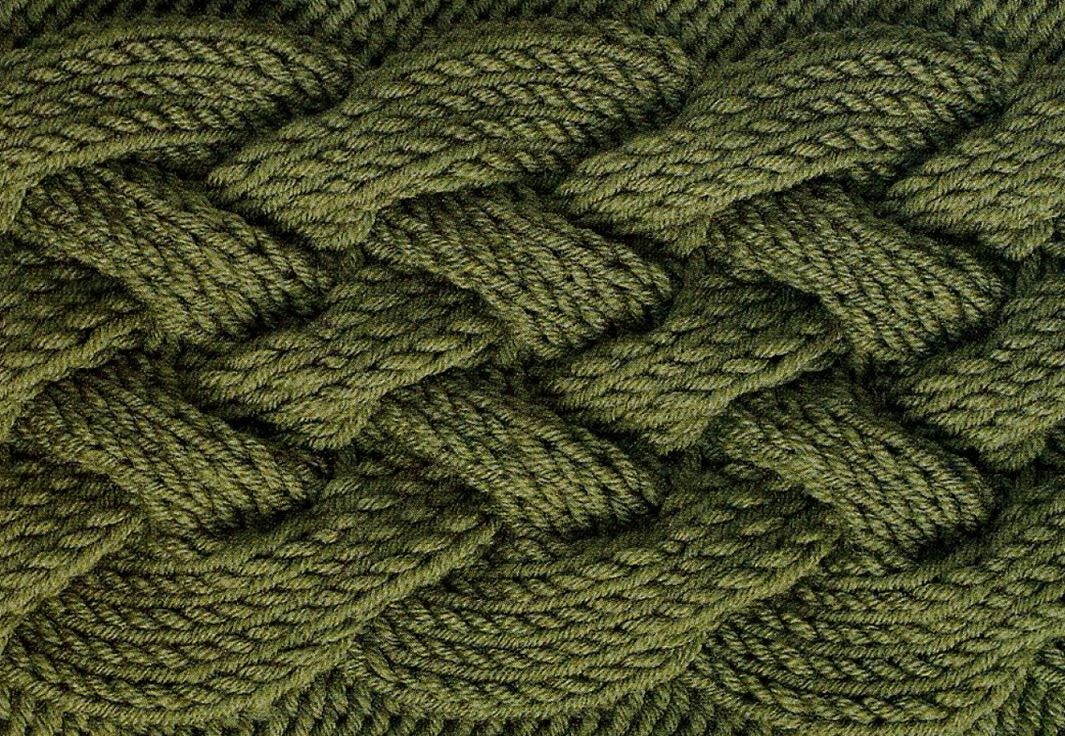

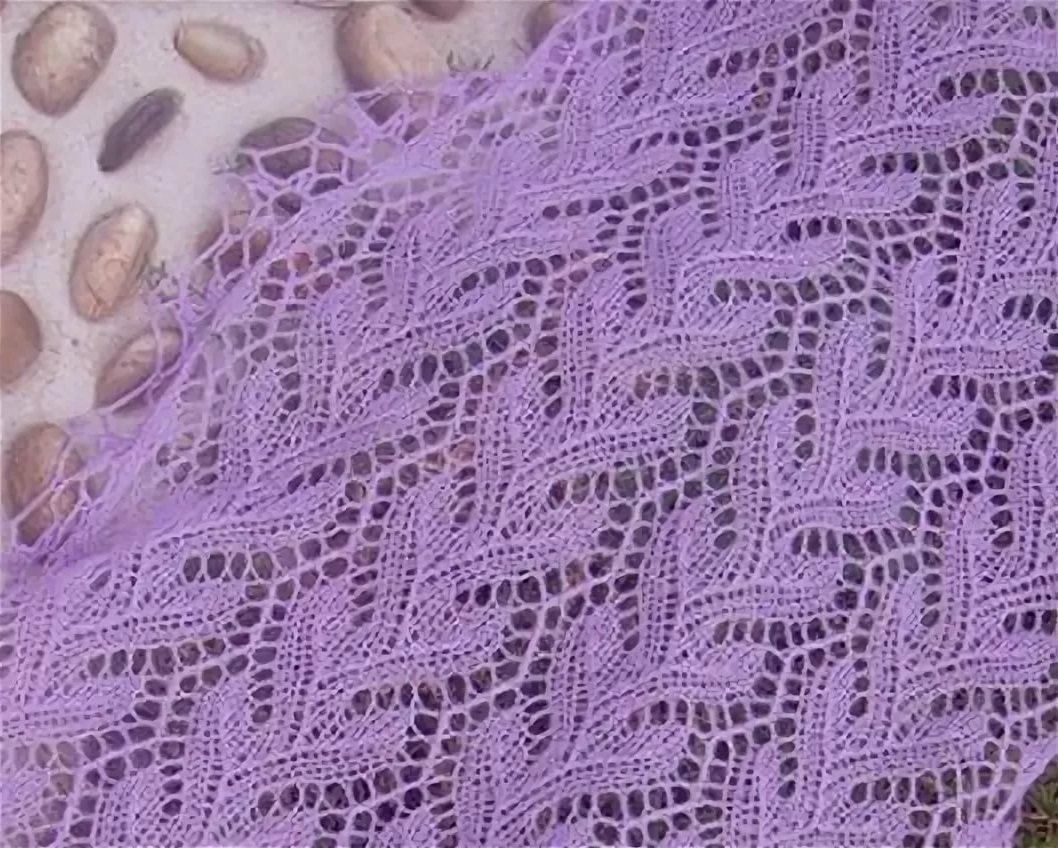
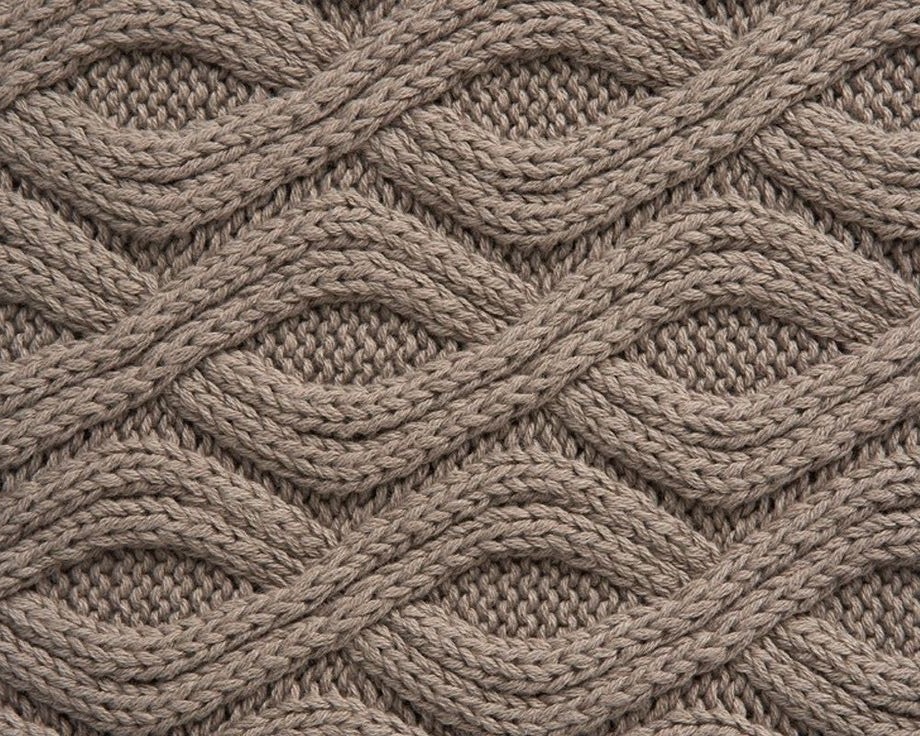

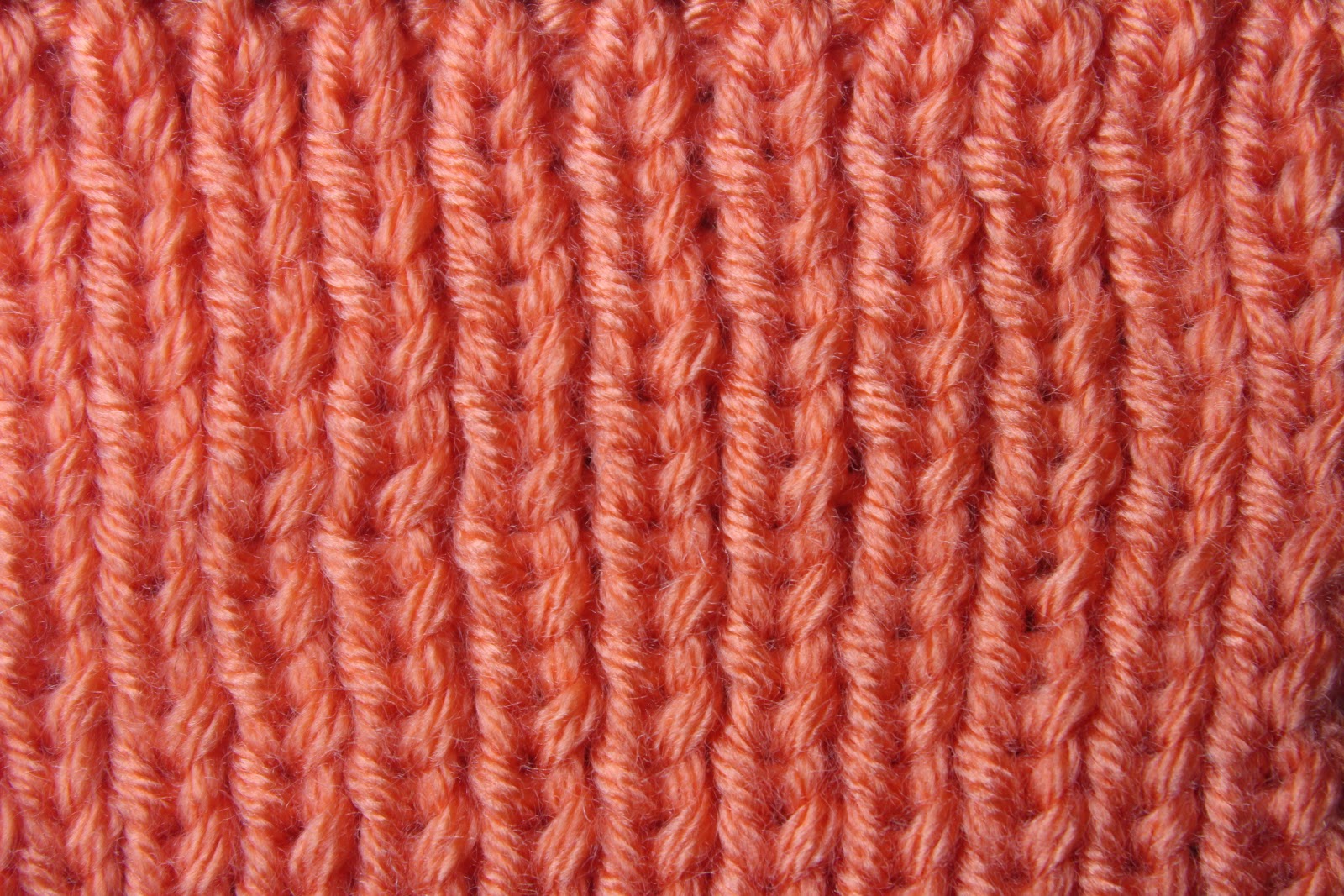
Preparing the pattern
To get a symmetrical and neat knitted jacket, first of all you need to make a pattern. To do this, you need to take measurements:
- chest circumference (CG);
- hip circumference (HC);
- sleeve length;
- the desired length of the product.
Transferring measurements to paper should start from the top. First comes the chest circumference, followed by the OB points, also the jacket lengths, all connected by lines. Then draw the sleeves, and if desired, you can knit a hood.
To adapt a pattern you like to your measurements, you need to take measurements and then transfer everything to paper or a computer application.
In order to understand the knitting density and how many loops are needed, you should make a sample with the main pattern. Next, it is advisable to steam this part with an iron. For example, 40 loops can be cast on, 20 rows knitted, and a rectangle measuring 15 x 10 cm is obtained. Thus, it can be found out that in one centimeter there are approximately 3 loops in width and in one centimeter there is 1 row in length of the product. Using this data, the calculation for the pattern will be built.
Knitting stages
It is sometimes difficult for beginner needlewomen to understand how to knit a pattern into a product, so it is better to practice a little on small pieces, and then move on to larger ones. It is recommended to start with an elastic band or garter stitch, as they are considered the easiest to perform. When the craftswoman has decided on the pattern, technique and yarn, she can get to work. To begin with, it is recommended to try making a jacket with garter stitch. First, you need to make a sample, calculate the number of loops that will be cast on the knitting needles, and also determine how many rows will be needed. For beginners, there are master classes on knitting with knitting needles, with a description.
Summer short
A short jacket knitted with circular needles is suitable for summer. To make such a model, it is better to take yarn that contains cotton and acrylic in equal parts. The pattern is based on openwork, so knitting such a model is easy. Instructions:
- First, you need to decide on the thread for making an openwork jacket with knitting needles. It is better to take Bommix yarn, you will need about 13 skeins. 2.5-3.5 mm knitting needles are suitable, depending on the desired density (the larger the size, the wider the knitting).
- Knitting begins with the back. Cast on 104 stitches and make 4 rows with a 1 x 1 elastic band. Then take larger knitting needles and continue the rapport: 4 front loops, 1 with holes (2 front loops, yarn over, 2 together and repeat to the required width) and then the pattern according to the diagram. Thus, 32 cm are knitted and 6 loops are closed on each side. In the next row and in every second row, you need to decrease 1 loop on both sides. This continues until the armhole height is approximately 20 cm. In the center, 28 loops are closed for the neck and 6 for the shoulder.
- The right shelf is knitted from 51 loops, like the back, with the condition that with the first decrease for the armhole on the opposite side, a decrease for the V-neck begins and is repeated in every 4th row. The shoulder is closed similarly to the back.
- The left shelf is knitted in mirror image to the right one.
- For the sleeves, 63 loops are cast on and a 1 x 1 elastic is knitted. Next comes the front surface, and after that, everything according to the pattern. At 28 cm, 6 loops are closed on each side, then one in the following rows. When there are 15 left, everything is finished together.
- The strip is knitted on the shelves, 6 rows with a 1 by 1 elastic band.
- After finishing, all the details are sewn together. To do this, both strips are connected in the center of the neck and buttons are added. Then the sleeves are sewn on. The summer jacket is ready.
After assembly, the product must be washed and steamed. It is advisable to wear openwork jackets under thin clothes, then this combination will be beautiful. If you wish, you can knit a small stylish belt with an elastic band instead of buttons.
Made from thick yarn
A warm jacket made of thick yarn is suitable for winter or autumn. Knitting from large thread is not difficult. To make such a thing for yourself, you can find a master class with diagrams and descriptions:
- For sizes 38-42 you will need about 15-16 skeins of Savanti yarn, which is 100% sheep wool. You will also need 10 mm straight or circular knitting needles and 2 buttons. If desired, the item can be made with a belt or a zipper.
- For the pattern, you need to dial the required number of loops, considering that in each rapport there should be 8 + 2 edge loops. Thus, knit 3-4 rows. Then knitting with knitting needles goes according to the scheme: 1 front, one yarn, repeat 4 times and 3 front, so to the end. In the next row, you need to make 3 purl, then remove 5, 1 yarn, knit 5 together and repeat.
- The back is knitted in one piece of 58 loops. The first row is made purlwise, and then the pattern is repeated up to 55 cm. For the shoulder bevel, you need to close 6 loops on both sides and do the same in the next 2. This will give 58 cm, after that complete the remaining 34 loops, of which 22 form the neckline, and the outer 6 on each side are the shoulders.
- Make the left shelf from 26 loops and knit with the pattern up to 34 cm. Make the right one in the same way.
- For the sleeves, cast on 34 stitches and knit with the front surface up to 32 cm.
- To assemble the item, you need to sew shoulder seams, knit the placket with an elastic band and sew on buttons. If desired, you can add a hood to this model.
Knitted models should be washed according to the instructions on the yarn label. Otherwise, pellets may quickly appear on the items, and they will shrink in size on their own.
Decorating the product
To decorate knitted jackets, they use various sequins, rhinestones and buttons. Some craftswomen sew on pictures or embroidery. Fashion designers add combinations of different yarns to their things. For example, the entire canvas, sleeves can be made of beige threads with a "braid" pattern, and the placket - from a combination of black and pink. Such a cardigan is suitable for an office style. Also, a voluminous chain is sewn onto the cuffs and shelves, this makes the thing unique. You can often find a jacket with buttons, less often needlewomen resort to using a zipper.
A very simple and quick way to decorate an item is to use iron-on applique. This method is more recommended for children's items. An important rule: if you plan to use such decoration, you should use single-color yarn. Even the simplest thing can be decorated with beads and seed beads. Both elements scattered across the canvas and various patterns and plots made from them look impressive.
Video


